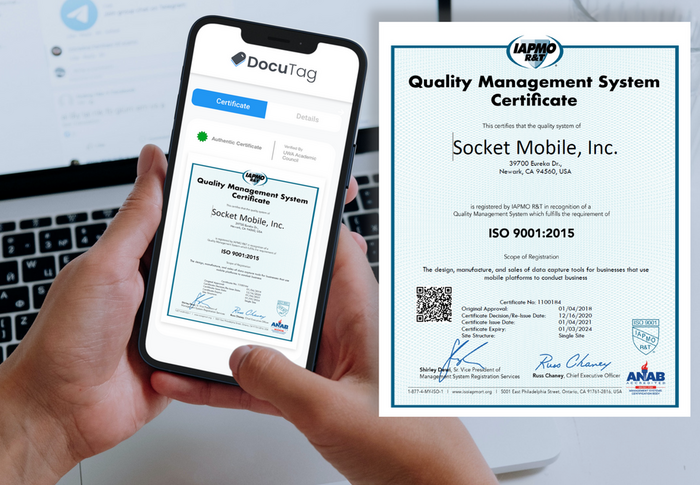The Power of Art: 4 Cases of Using Blockchain in the Art Industry
Blockchain can make the art industry more efficient and transparent. Why is it necessary to improve the creative sector? Art is what makes the world more fascinating and enchanting, from a vivid painting to a sweeping away performance; it is fundamental for our development. Even so, the art sector is suffering from many perils that affect artists, collectors, auction houses, art admirers, and investors. However, the world is not standing still: artists and art enthusiasts are adopting new technologies to enhance their niche and bring more security and transparency.
Many would say that such an ancient act as art doesn’t match with digital innovations. Yet, many companies and art stakeholders would disagree, because as art doesn’t have any boundaries, technologies become one of the most effective ways to adjust the sector to the current market. Art sector development isn’t only about creating; it’s also about inclusion and experimenting. In this article, we will discuss how the art industry is using blockchain technology to complement the creative process.

4 Blockchain Use Cases and Their Feasibility in the Art Industry
- Cryptocurrency payments
If you still think that blockchain and cryptocurrency are only for the tech community, it’s time to change your mind. Many innovation leaders in the art industry use crypto as an additional payment option. It opens the door for a more transparent and secure exchange and gives broader opportunities for buyers, collectors, and art investors. Cryptocurrency market is high in value; thus it prompts longevity. Virtual payment features ensure that there’s no middleman to charge fees or apply lousy exchange rates. Art buyers can transfer money for a piece within a few seconds with no bank or government involved.
- Tracking provenance
Provenance of an art piece is a fundamental part that creates value. When art collectors trade works, it is necessary to know what techniques and materials were used. Without a doubt, it’s easy to get this information from artists, but when the piece is traveling from one owner to another, it becomes harder to track its provenance. Another severe issue is when there is no proof of authenticity. Blockchain can solve these problems by storing piece records on a ledger.
These operations aren’t that new in the market, for example, LuxTag® a digital tagging solution provider offers a provenance tracking service. The company registers all valuable information about the artist and work and ensures an accessible platform for all authorized parties to exchange information. By empowering blockchain, the art industry can provide authorized data to make art exchange more reliable.
- Transparent marketplace
The art industry is facing tremendous rates of counterfeit and stolen artworks. It highers the risk of buying a worthless piece, not to mention, artists suffer from the loss in revenue. Blockchain can quickly transform the art market to more transparent and secure. As a digital distributed ledger uses encryption to cipher the data on the system, it becomes impossible to hack it. Thus, if details about an art piece are on blockchain, an artist and future piece owners can be sure that it’s authentic.
This feature is not only to record provenance archives on blockchain but also to store art sales. For example, auction house Christie’s used blockchain to register all purchases made from Barney A. Ebsworth collection. This example showed a new and innovative way of storing data and digitizing the art world.

- Records tracking
We discussed how vital it is to register details about art piece’s provenance, but in the art world, a derivation is not the only valuable data. As an artwork reaches the market, there is a great chance it will go through many owners, auction houses, galleries and so on. It is essential to track all these records to prove that the work is authentic and to have a better picture of how to measure its price. Blockchain has a feature of an extensive database, that’s why all details, including provenance and distribution process, will be registered and available for authorized parties. Because of an immutable nature, it’s not possible to corrupt information.
Blockchain is growing its audience among different communities. The art sector is not a new one to implement this innovative solution. Now blockchain serves not only as the technology behind the creative process but also as a medium to create art. With such a fresh approach, artists, art collectors, enthusiasts, buyers, and investors are fighting the most common issues as counterfeit and theft. Artists who use blockchain as a tool to bring more transparency, security, and additional payment options shape the way this boundless industry adjusts to the new digital world.
®“LuxTag”, Trademark registered.



